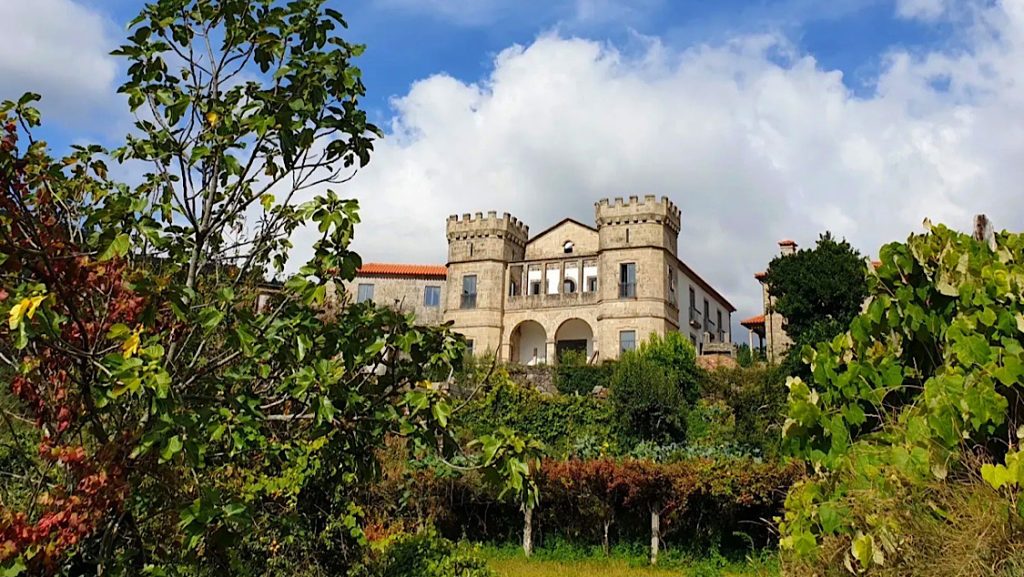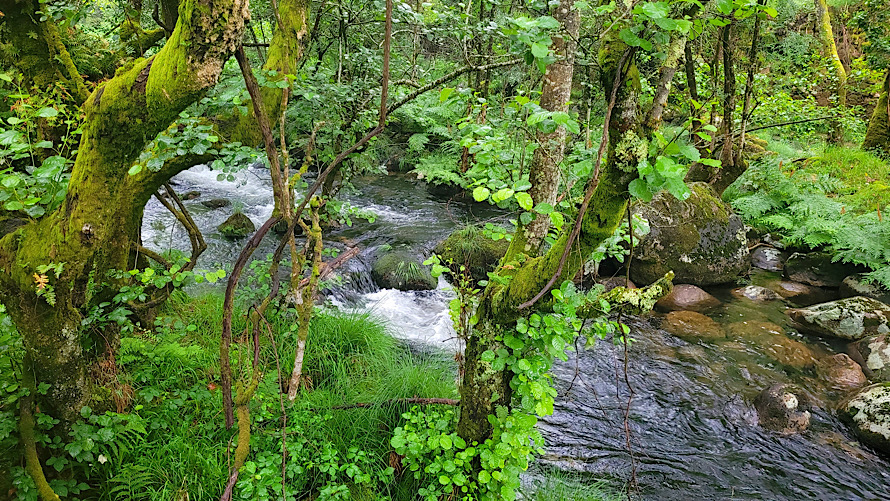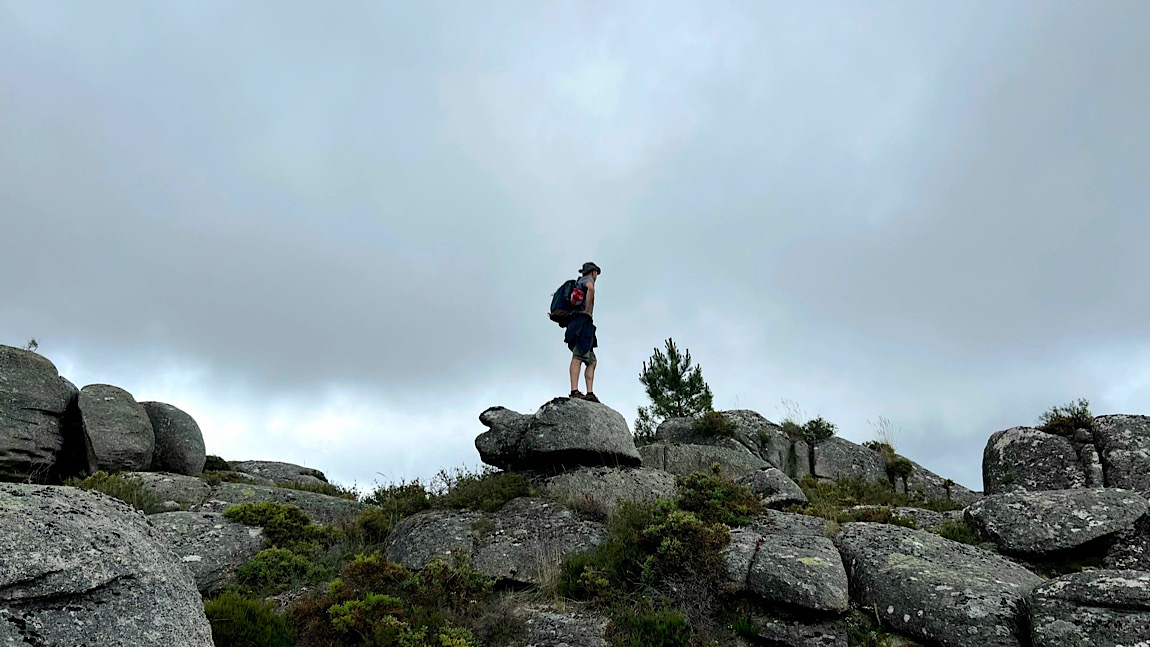VEZ VALLEY
First, one foot after the other along the banks of the Vez, on a route that requires silence and sensory synchronisation so that you can properly absorb the magnificence of everything around you. As if we were in a cathedral.
Then, at the end of the walk, the impeccable beauty of the Sistelo terraces and a pleasant lunch. This is followed by a tour of the village and a summary of the story of Bonaventura and Manuel, the two Gonçalves Roque brothers who left for Brazil in the first half of the 19th century. There they grew rich and became figures of merit, to the extent that they were honoured with the title of viscount: Boaventura from Vez, Manuel from Sistelo. In between, Bonaventure married Luísa Labourdonnay, of French aristocratic lineage through her mother.

They had three daughters. One of them, Júlia, married her uncle Manuel, twenty years her senior, and became Viscountess of Sistelo. She was widowed in 1886, aged 32. Childless, she went to Paris, the city from which everything radiated, to hone her artistic skills (painting) at the Académie Julian, a pioneer in the acceptance of women. And she stayed there at the turn of the century and the dawn of the next, taking part in everything that was relevant in the city. Of particular note is what is perhaps her best-known painting: "Sous les pommiers ou le thé à la campagne", in the collection of the Jules Chéret Museum of Fine Arts, Nice.

From Sistelo we headed towards Arcos de Valdevez, through the lush valley. The first stop was the Paço de Giela, which would be worth a visit if only to see the splendid Manueline window. But there's more, there are important historical details, there are archaeological remains of great value, there's the video that sums up that crucial moment in the founding of Portugal that was the Recontro de Valdevez (or the "meeting to make peace", as Professor Hermano Saraiva prefers).
From there we went to the town's historic centre, passing by the central churches, which are unmissable for their graceful architecture and exquisite decoration. And in the middle of the town, it should not be forgotten, overshadowed by the houses, a small Romanesque gem, the Praça chapel, simple and bare to the limit, in stark contrast to the interior exuberance of the other neighbouring places of worship. Different times.
And all this without ceasing to dazzle the eye with the scenic surroundings of this exquisite village. So much in so little.

